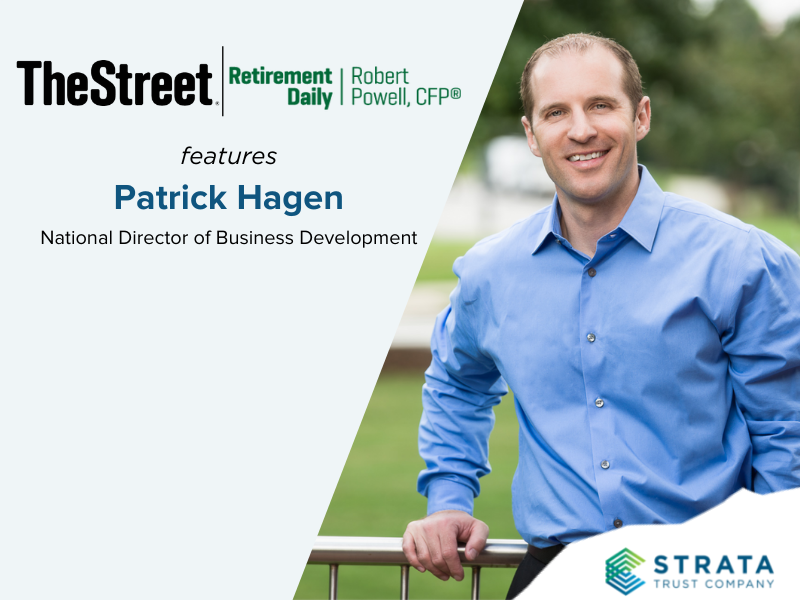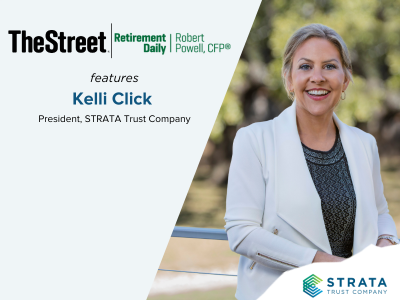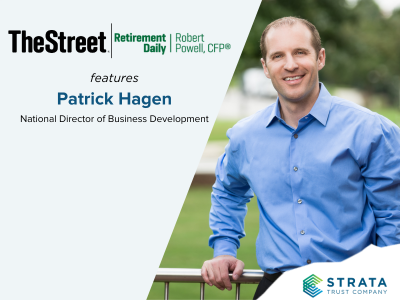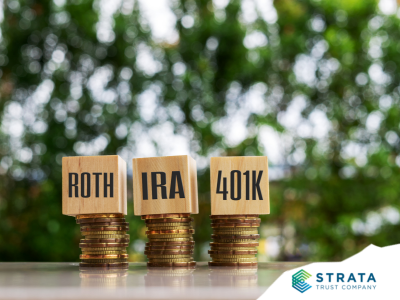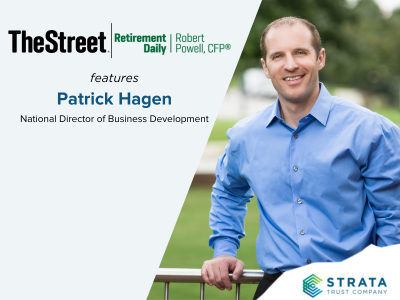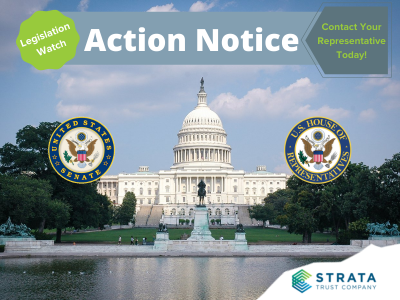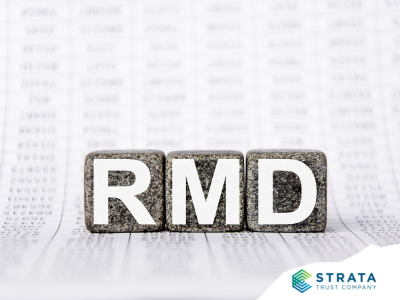Article originally published on TheStreet – Although it might have flown under the radar of the average American, a recent version of the Build Back Better bill contained provisions that stood to harm hundreds of thousands of investors and devastate the entire self-directed individual retirement account (SDIRA) industry. Fortunately, sensible perspectives prevailed and those provisions have been removed in the latest iteration of the bill.
But that doesn’t mean the battle is over. The bill hasn’t yet been passed into law and the damaging provisions could still find their way back into a new revised version, or perhaps other future legislation. Recent developments are cause for cautious optimism rather than a victory parade. So, what were the problematic provisions and how would they have created damaging repercussions?
Problematic Provisions
The provisions (sections 138312 and 13814) essentially called for eliminating the ability to invest in non-publicly traded equities or holdings within a retirement plan. Only publicly traded equities would have been permissible, meaning all private placements would have been banned. The provisions also included language stating that anyone currently holding alternative investments in their retirement plan would need to remove them within a two-year period.
Such actions would have been extreme, to say the least. For 45 years, investors have been able to buy into alternative assets, which are permitted by the IRS code and acknowledged by the SEC and bank regulators. The provisions would have effectively halted all private placements, private equity and private debt investments, likely causing great financial losses for hundreds of thousands of taxpayers.
Initial Addition
The controversial sections were added by the House Ways and Means Committee in early October, seemingly as more of a “throw-in” than a key component of the $3.5 trillion proposed bill. I believe the legislators involved didn’t fully realize the negative ramifications if the bill had been passed with these provisions.
The impetus was likely a desire to keep ultra-rich Americans from leveraging IRAs to make even more millions. For example, when Mitt Romney ran for president in 2012, he was reported to have more than $100 million in a self-directed IRA after using it to buy into private companies that became very successful. More recently, billionaire Peter Thiel took a similar approach and now has $5 billion in a tax-free Roth IRA.
There has been some anger and frustration in the country about the 1% of the population who control so much of the country’s wealth. Accordingly, the actions of wealthy Americans like Romney and Thiel have triggered arguments that the system isn’t fair and retirement plans weren’t meant to be taken advantage of in this way by the ultra-rich.
I believe the provisions added to the Build Back Better bill were intended to prevent similar scenarios in the future. But the method chosen — banning all alternative assets from individual retirement accounts — represented a significant overreach. There are many Americans who would not be considered high net worth but still utilize self-directed IRAs to invest in startups, private companies or venture capital funds.
Such resources represent an important lifeline for Main Street small businesses seeking to survive and thrive. But the legislators behind the provisions sought to cut that funding off at the source, seemingly without recognizing the adverse impact it would have on hundreds of thousands of IRA investors and the economy as whole.
Accompanying Urgency
The concerns raised by these provisions were compounded by an urgency on the part of supporting legislators to quickly pass the Build Back Better bill, leading many observers to worry that passage might occur before various sections could be thoroughly analyzed and discussed.
Thankfully, moderate members of the House of Representatives insisted on more careful deliberation. This discussion period gave the SDIRA industry, investment sponsors and other stakeholders more time to contact legislators, emphasizing the provisions had not been publicly vetted and would have significant ramifications that weren’t being properly considered.
In fact, around the same time these provisions were proposed, the SEC issued a report detailing the advantages of allowing individuals to diversify into alternatives, and of money flowing from IRAs to small businesses and startups seeking venture capital. Fortunately, a revised version of the Build Back Better bill has since been passed by the House, but it must still be approved by the Senate.
Impact on Investors
At their core, the provisions in question simply weren’t realistic or reasonable, indicating that the legislators involved likely lacked a full understanding of alternative assets. If an investor owns shares in a publicly traded company and needs to liquidate those holdings, it can generally be done within a couple days by selling them on the open market.
That’s not how alternatives work. Most are illiquid investments, where a person might be buying into a venture capital fund that has a five-, seven- or 10-year hold. Or perhaps the investor is backing a private commercial real estate project, where the money is initially going toward construction or development that creates inherent illiquidity.
So, if investors are forced to remove alternative assets before an appropriate period of time has elapsed, they would typically be limited to a few very unappealing options:
Trying to sell the asset to a private individual, which is typically a difficult and complicated process that doesn’t provide full value.
Selling it back to the investment sponsor, which would also be challenging because every other investor with that asset in an IRA would be forced to do the same thing at the same time.
Taking it as an in-kind distribution, which essentially entails ripping those assets out of the retirement plan while paying unexpected taxes on them and potentially penalties for their removal.
Besides being unrealistic and unreasonable, the problematic provisions would have been extremely unfair to hundreds of thousands of investors, who began investing in alternative assets because it was perfectly legal and they liked being able to access opportunities beyond publicly traded equities.
The fallout from these provisions would have also spread to venture capital funds, private real estate investment trusts and private hedge funds, which would no longer be able to rely on the resources of IRAs to help raise capital. In the blink of an eye, billions of dollars each year would have been banned from flowing into deals that help small businesses get off the ground, while stimulating the overall economy.
Actions for Investors
Considering that the Build Back Better bill hasn’t yet been passed into law, it’s important for investors to tell their elected officials they should be free to invest their IRAs as they see fit. Additionally, investors can reach out to their representatives who have made it clear they oppose the problematic provisions, letting them know their stance on the issue is appreciated. Elected officials wouldn’t be doing anyone any favors by eliminating that ability.
Alternative investment options are healthy for individuals, small businesses, the retirement plan industry and America, in general. If legislators are concerned about ultra-rich Americans being able to accumulate $100 million or $5 billion in an IRA, that specific issue could be targeted in a different way. But sweeping legislation that wipes out an entire space, causing significant collateral damage to the economy, is clearly overreach and not the correct way to address it.
